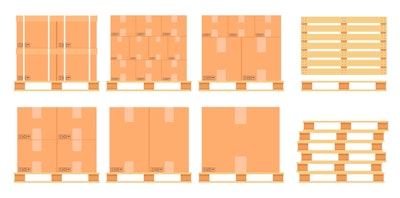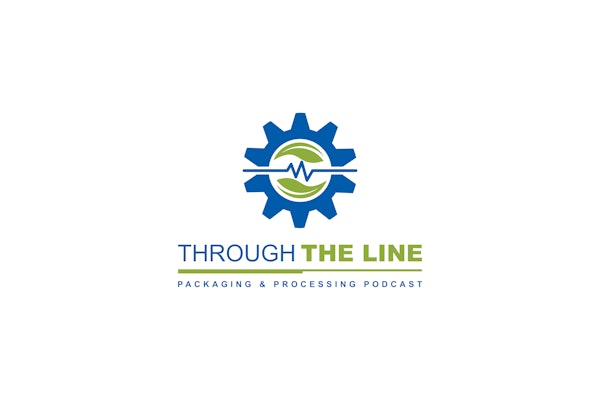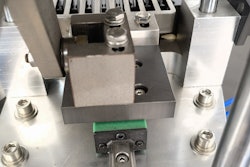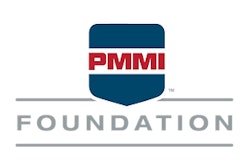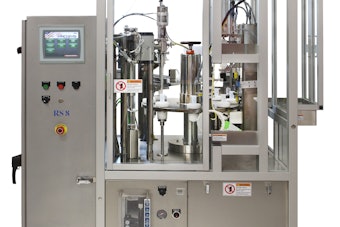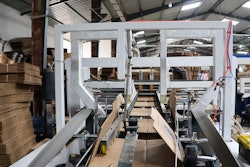Palletization provides efficiencies and economies by treating multiple boxes of product as a unit load rather than individually. Those benefits are inherent and self-presenting. Optimizing palletization, however, requires knowledge-based decision making. Optimization must include considering how many boxes are put onto a pallet and how they are arranged on the pallet. Such is the essence of pallet patterns.
Optimization differs from maximization. The latter seeks to achieve the most from a given variable. The former seeks to achieve the best trade-offs among multiple variables. Optimized pallet patterns balance requirements for density, stability, and strength. Those requirements must be consistent with product characteristics, but also with the limitations imposed by material handling equipment, transportation conveyances, and storage conditions.
Citing transportation as an example, pallet patterns influence cube utilization, and therefore, impact the number of conveyances needed and their fuel and emissions. So as with everything related to packaging, pallet patterns have a sustainability component.
By its nature, a palletized load is of a size and weight that makes it a hazard to nearby personnel, if the load were structurally compromised. A load should remain intact until disassembled. Any prior event in which it comes apart can result in injury. Even in the absence of injury, there is the potential for damage to the goods. When damage renders goods unsellable, all the expended labor, time, and resources will have been squandered. But pallet patterns should not be the sole means for achieving load integrity. Auxiliary means, such as slip sheets, corner boards, straps, and stretch wrap play a role.
Knowing what’s at stake does not make the choice of pallet pattern any easier. The choices are numerous, but they all fall under two aptly named categories: columnar and interlocking. A columnar pattern resembles stacked blocks. An interlocking resembles laid bricks. As might be suspected, each has its strengths and weaknesses, making the choice application-specific.
A columnar pattern provides strength, particularly against compression. That’s because the corners (the strongest part) of a stacked box is aligned with the corners of the box below. On the debit side, columnar patterns are more subject to toppling, a vulnerability that increases as stack height increases.
An interlocking pattern provides stability, due to the hold-down effect that a superimposed layer has on the layer below. Rotation of the layers results in a variety of iterations, in pinwheels and other configurations. Typically, an interlocking pattern will result in fewer boxes per pallet.
Regardless of the chosen pallet pattern, there are fundamentals to be followed. One is to make sure that the pallet is of adequate design and construction. Another is to cover fully the surface area of the pallet, while avoiding overhang and its associated problems. Still another is to make sure that boxes are arranged such that bar codes and RFID tags are readable.
As packaging levels go, palletization is tertiary, distinguishable from primary which contains the product, and from secondary (the boxes). There are two approaches to integrating the levels.
The first and most common approach starts with the design of the primary package. Afterwards, a case-count is designated. Lastly, a pallet pattern is chosen. The approach is fraught with elements of default.
With the second approach, the design of the primary package and of the secondary package are done to best utilize the dimensions of the pallet. Such does not mean that marketing-related concerns have to be sacrificed, just that they be satisfied within certain constraints regarding size and shape. Case counts—often arbitrarily a dozen or multiple thereof—instead, are designated to accommodate case dimensions that complement pallet dimensions. This approach requires a series of mathematical calculations that can be tedious, if done longhand.
Decades ago, there were charts, displaying dozens of pallet patterns, each assigned a number. The charts had two slide-rule type scales, one for locating box length, one for locating box width. When the scales were aligned, a number(s) would show in a window.
These days, there are software programs that integrate the three levels of packaging. The software takes imputed data and then cranks out dimensions for the primary package and for the secondary package, suitable with the dimensions of the pallet. Such software can be used for a new design project and for a redesign project.
Ultimately, any chosen pallet pattern has to be assembled. Manual assembly is plagued by imprecision, along with worker fatigue. There comes a threshold of scale at which automation makes sense. There is a variety of conventional palletizers. What’s gaining increasing popularity, however, are palletizers that utilize robotics. The challenge is to invest in equipment that’s sufficiently versatile and programmable to accommodate the range of pallet patterns used by an organization. But whether pallet pattern assembly is manual or automated, it is a vital component of end-of-the-line operations.
Sterling Anthony, CPP, consults in packaging, marketing, logistics, and human-factors. A former faculty member at the Michigan State University School of Packaging, his contact info is:100 Renaissance Center, Box-176, Detroit, MI 48243; 313/531-1875; [email protected]
